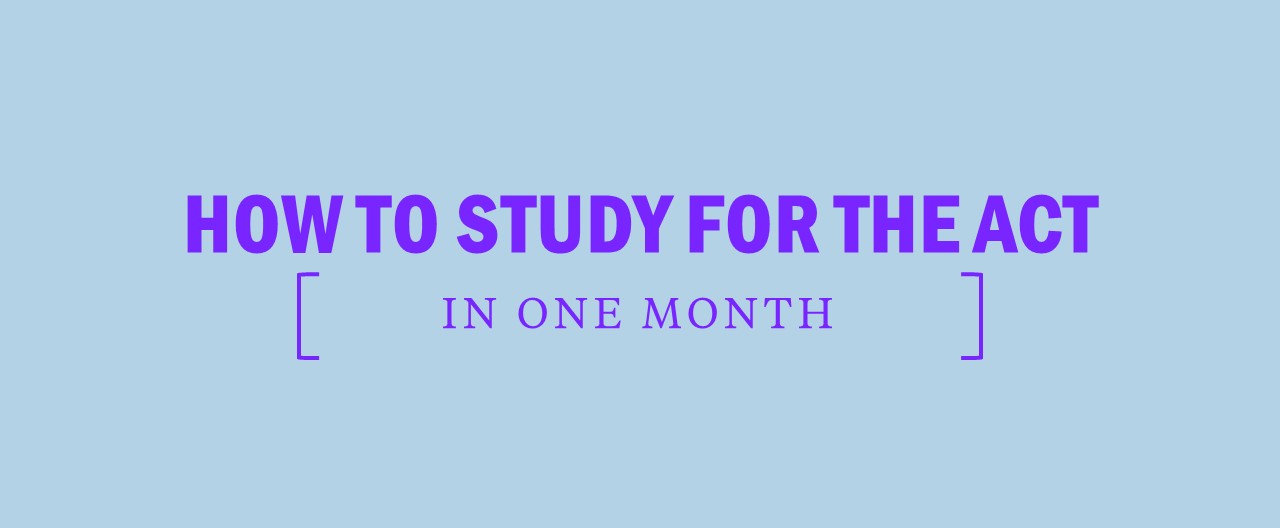What Is a Scaled Score?
What is a traditional score?
Scaled scoring throws a lot of students for a loop because most tests in high school are not scaled. On a typical high school test, your score (or “grade”) has the following two key features:
- It’s based on what percent of questions you got right.
- It doesn’t matter how well your classmates performed on the test.
Let’s say you take a 40-question history test and get 34 questions right. That’s 85% of the questions, so you get a B. It doesn’t matter whether everybody else in your class crushed the test or bombed it—no matter what, you’re getting a B.
What is a scaled score?
Scaled tests are radically different from traditional tests because the thing that determines your score on a traditional test—the percent of questions you got right—is completely irrelevant (!). What matters is the percent of people who took the same test you did and got fewer questions right.
Scaled scoring produces dramatically different outcomes than traditional scoring and requires a different mindset. To see why, consider the following example.
Traditional v scaled score: an in-depth example
Ten students take a challenging, 100-question test. The number of questions each gets right is logged below:
Ahmed: 89
Benny: 88
Carla: 87
DeShawn: 72
Eric: 70
Francois: 65
Garrett: 63
Helen: 61
Irene: 55
Jack: 50
On a traditional test, Ahmed, Benny, and Carla would each get a B, DeShawn and Eric would each get a C, and so on. If this test were scaled and scored like the ACT, however, the scores would look like this:
Ahmed: 28 (90th percentile)
Benny: 25 (80th percentile)
Carla: 23-24 (70th percentile)
DeShawn: 21-22 (60th percentile)
Eric: 20 (50th percentile)
…and so on. This example shows why scoring on a scale doesn’t really work in a high school setting. Carla did pretty well on this test, getting 87/100 questions right, yet she ends up with a middling score because two other superstars happened to just barely edge her out. Meanwhile DeShawn, who did way worse than Carla, ends up with almost the same score she got because the rest of his classmates happened to fail even harder than he did!
Suppose the teacher in the above example had made the test easier, with the result that everybody got 10 more questions right. With traditional scoring, this would mean that everybody’s grade would be a full letter higher—a huge improvement!
Notice though, that under scaled scoring, nobody’s score would change. Even if, for example, the test creators made the reading comp section, say, 10 minutes longer, then you and everybody else would get more questions right respectively.
This fact should have a huge impact on your mindset as you prep for standardized tests. Your efforts are best put towards getting as much practice as you can so you learn to recognize the common traps and have the advantage going into Test Day.
Boris loves teaching complex problems and helping students overcome their Test Day fears. He brings his sense of humor to the classroom–as well as his love of strategy board games.

